SUMMARY
This is AI generated summarization, which may have errors. For context, always refer to the full article.
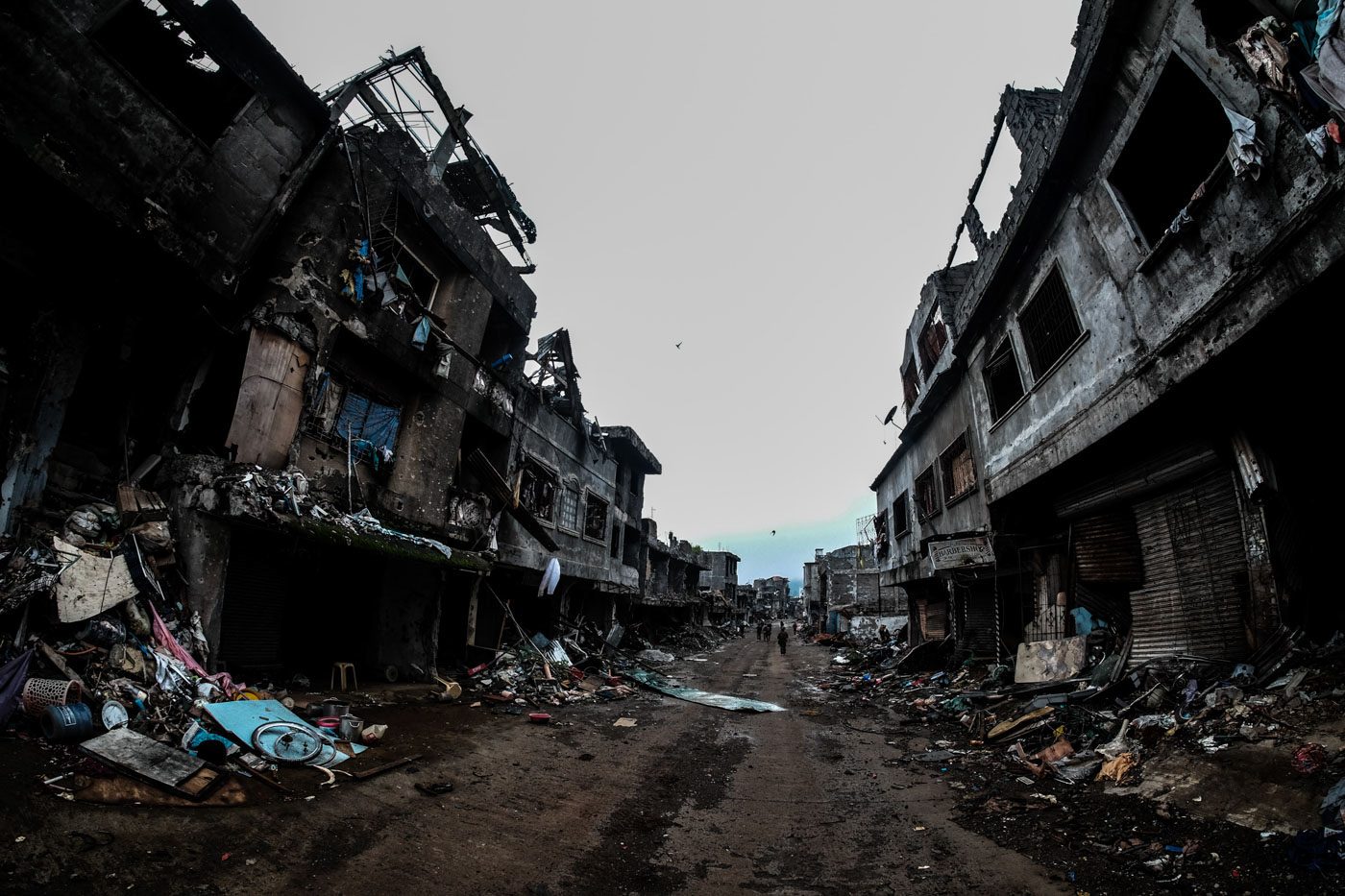
This compilation was migrated from our archives
Visit the archived version to read the full article.

MANILA, Philippines – Five months. That’s how long it took for thousands of people living in Marawi City to lose their homes, properties and, for some, lives of their loved ones.
For almost half a year, the Islamic city with a bustling trade and a vibrant culture was brought down by the war that erupted between state forces and ISIS-linked local terrorists.
The war left P11 billion worth of properties damaged and P6.6 billion of economic opportunities lost. An initial assessment of needs post-conflict shows at least P49.8 billion is needed for rehabilitation work.
For 2018, P10 billion has been allocated in the national budget for the rehabilitation of the city, a responsibility given to Task Force Bangon Marawi, headed by Housing and Urban Development Coordinating Council (HUDCC) Chairperson Eduardo del Rosario.
24 barangays
The total affected area covers 33 out of the city’s 96 barangays. But widescale devastation occurred in ground zero, which spans 24 villages:
- Bangolo Poblacion
- Bubonga Lilod Madaya
- Daguduban
- Dansalan
- Datu Naga
- Datu sa Dansalan
- Kapantaran
- Lilod Madaya (Poblacion)
- Lumbac Marinaut
- Lumbaca Madaya (Poblacion)
- Marinaut East
- Marinaut West
- Moncado Colony
- Moncado Kadilingan
- Norhaya Village
- Raya Madaya I
- Raya Madaya II
- Sabala Manao
- Sabala Manao Proper
- Tolali
- Tuca Marinaut
- Wawalayan Marinaut
- Sangcay Dansalan
- South Madaya Proper
“If you check the area, all buildings there collapsed. You can’t do any other intervention but total land development,” Del Rosario said in Filipino during an interview with Rappler.
Since the damaged areas are in the central business district of the city, the government intends to develop it further.
TFBM will grant the whole project to one specific developer so that every aspect of the urban development is tied together.
https://assets.rappler.com/2A015CA750084CE4AFB0032C91D55BD8/img/02F1E8761CCE4359A92CFCE5CE4BBCFF/ruins-marawi-city-november-18-2017-002_02F1E8761CCE4359A92CFCE5CE4BBCFF.jpg”/>
“If you check the area, all buildings there collapsed. You can’t do any other intervention but total land development.” – Task Force Bangon Marawi Chairperson Eduardo del Rosario
Companies are expected to pitch their proposals based on the existing development plan by the local government. TFBM will then create a committee that will review the proposal once a firm is chosen. Other proponents will be given the chance to challenge the selected developer to ensure competitive pricing.
Among the key elements that the government wants to see in the plan is the construction of a water treatment facility to prevent the pollution in Lake Lanao. They also want to expand roads up to 6 lanes from the current 4 lanes, and construct commercial buildings in the city.
“What we plan is to make Marawi City a prime tourist destination in Mindanao,” Del Rosario added.
While the 24 sites will be handled by one company, other affected areas will be under specific national government agencies, depending on their individual needs.
Avoiding the Yolanda mistake
Despite being two different disasters, the Marawi crisis and Yolanda aftermath have been frequently compared due to the scale of destruction.
Recovery work in typhoon-ravaged Eastern Visayas has been embroiled in a number of controversies – from spoiled relief goods to billions of misused funds to a snail-paced provision of permanent housing.
Upon President Rodrigo Duterte’s declaration of Marawi’s liberation, experts and advocates immediately cautioned the government against a possible repeat of the Yolanda experience. One area that government needs to work on is cultural sensitivity.
Sociologist Nona Londonio, a community engagement specialist for the Asian Development Bank Project, has emphasized that Marawi City’s social fabric is made up of inter-cultural threads composed of Muslims, Christians, and Lumads.
The government should dig deeper into the cultural context of Marawi City and encourage participation among the locals. The Alliance for Safe, Sustainable and Resilient Environments (ASSURE) echoed the importance of community consensus, proven to be a key component in their observation of the Yolanda response.
Last November, Del Rosario said, they conducted a dialogue with local stakeholders – the sultanate, ulamas, local government unit, academe, businesses, and the youth – to factor them in the planning process. Individual consultations with each sector have also been ongoing since December.
When it comes to handling funds, HUDCC Secretary-General Ace Millar said TFBM will set up an online platform where the public can access information about donations and expenditures.
https://assets.rappler.com/2A015CA750084CE4AFB0032C91D55BD8/img/628CAD88B4C24CAF80DB1B29F2CFE199/ruins-marawi-city-november-18-2017-018_628CAD88B4C24CAF80DB1B29F2CFE199.jpg”/>
Government should dig deeper into the cultural context of Marawi City and encourage participation among the locals.
Management of funds from aid will be through the following schemes:
- Department of Finance, in coordination with the Department of Foreign Affairs, will come up with guidelines on handling government-to-government donations.
- World Bank will serve as a fund manager of the assistance from foreign organizations, which will be placed in a multi-donor trust fund.
- International groups that do not prefer to use the trust fund may directly coordinate with TFBM, which will disburse the money to specific national government agencies.
4 years to finish
Del Rosario estimates that it will take government 4 years – by the end of President Rodrigo Duterte’s term in 2022 – for the government to complete the recovery efforts in the whole city.
Currently, the government is still rolling out its early interventions, such as constructing temporary shelters, provision of business kits, and relief assistance.
The Duterte administration’s yearend report for 2017 shows that the following assistance have been given to the siege victims:
- P1,000 financial assistance for 29,122 displaced families
- P76.61 million Cash for Work Program benefitting 39,307 persons
- 33 hectares of land allotted for construction of permanent homes
- Livelihood packages for 29 families of soldiers killed
TFBM also distributed 800 temporary housing units last December. It committed to granting another batch of 1,100 houses before February ends.
Real rehabilitation work will only start once the National Economic and Development Authority submits the Bangon Marawi Comprehensive Rehabilitation and Recovery Program (BM-CRRP).
Del Rosario tasked NEDA to draft the plan in an order released on November 20. NEDA, which is holding consultations with different agencies, is expected to complete the BM-CRRP by March 31. – Rappler.com
Add a comment
How does this make you feel?
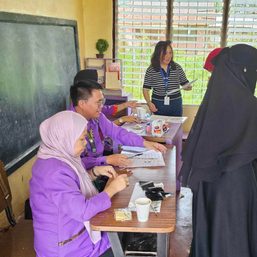
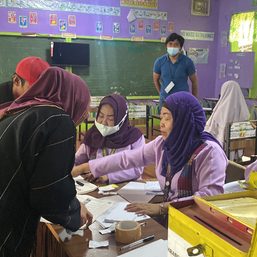
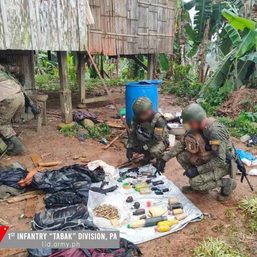
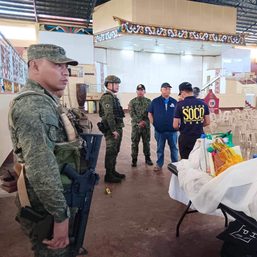
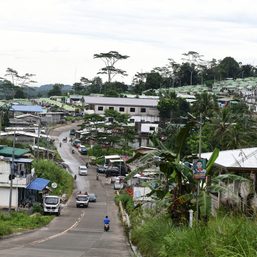
There are no comments yet. Add your comment to start the conversation.